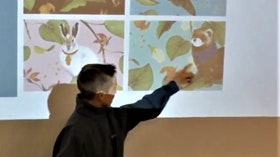Homepage
•
Learning Library
•
Blog
•
Give student presentations an improv makeover!
Expand breadcrumbs
Expand breadcrumbs
- Learning Library
- Blog
- Give student presentations an improv makeover!
- Homepage
- •
- Learning Library
- •
- Blog
- •
- Give student presentations an improv makeover!
Give student presentations an improv makeover!
By Kristin Harrington
June 18, 2018








